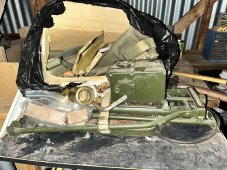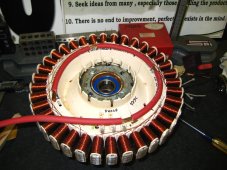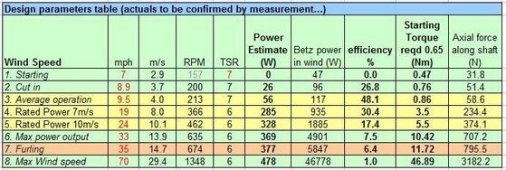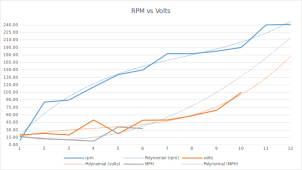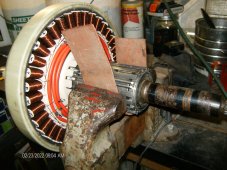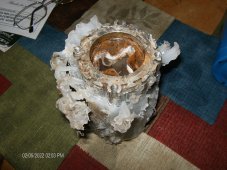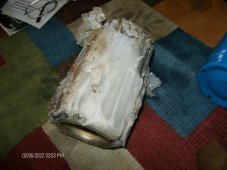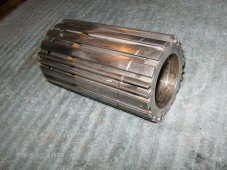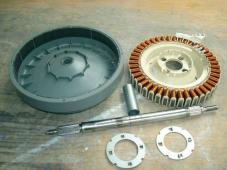How fast you pedal controls the generator voltage.
How HARD it is to pedal decides the current.
Below some pedal speed it will be really easy to turn, requiring almost no effort at all. There will be no charging current either.
Once you are going fast enough to reach the actual battery charging voltage, it will progressively become much harder to pedal, like going up an ever steepening hill, and you will start to see an increasing charging current..
If you really lean into it and try to go even faster, the hill becomes very steep indeed, and the charging current much higher.
Torque is where the current comes from, the harder you push on those pedals, the higher the charging current.
If you back off a bit, it will become easier, but the charging current will also be less.
So how fit are you, how long do you want to pedal, it can be set up any way you want by altering the gearing.
It could be really easy, like going for 45 minutes while watching TV.
Or maybe a maximum effort for five minutes, where you get off that bike sweating and gasping for breath, your heart pounding and can hardly stand up.
When I was younger I could do 1/2 Hp for five minutes which is reasonable for an untrained healthy person in their prime.
That might be about 300 watts or something ? Dead easy for a couple of minutes, but that last fifth minute is a real killer.
A very serious champion cyclist should be able to hit 1Hp for several minutes.
The guy that flew the human powered Gossamer Albatross across the English Channel trained at about 1.5Hp for twenty minutes.
That is an incredible feat of strength and endurance by any standards.
So think in terms of designing for perhaps 100 watts max or less, or you will never be able to keep it up for long enough to usefully charge anything.



